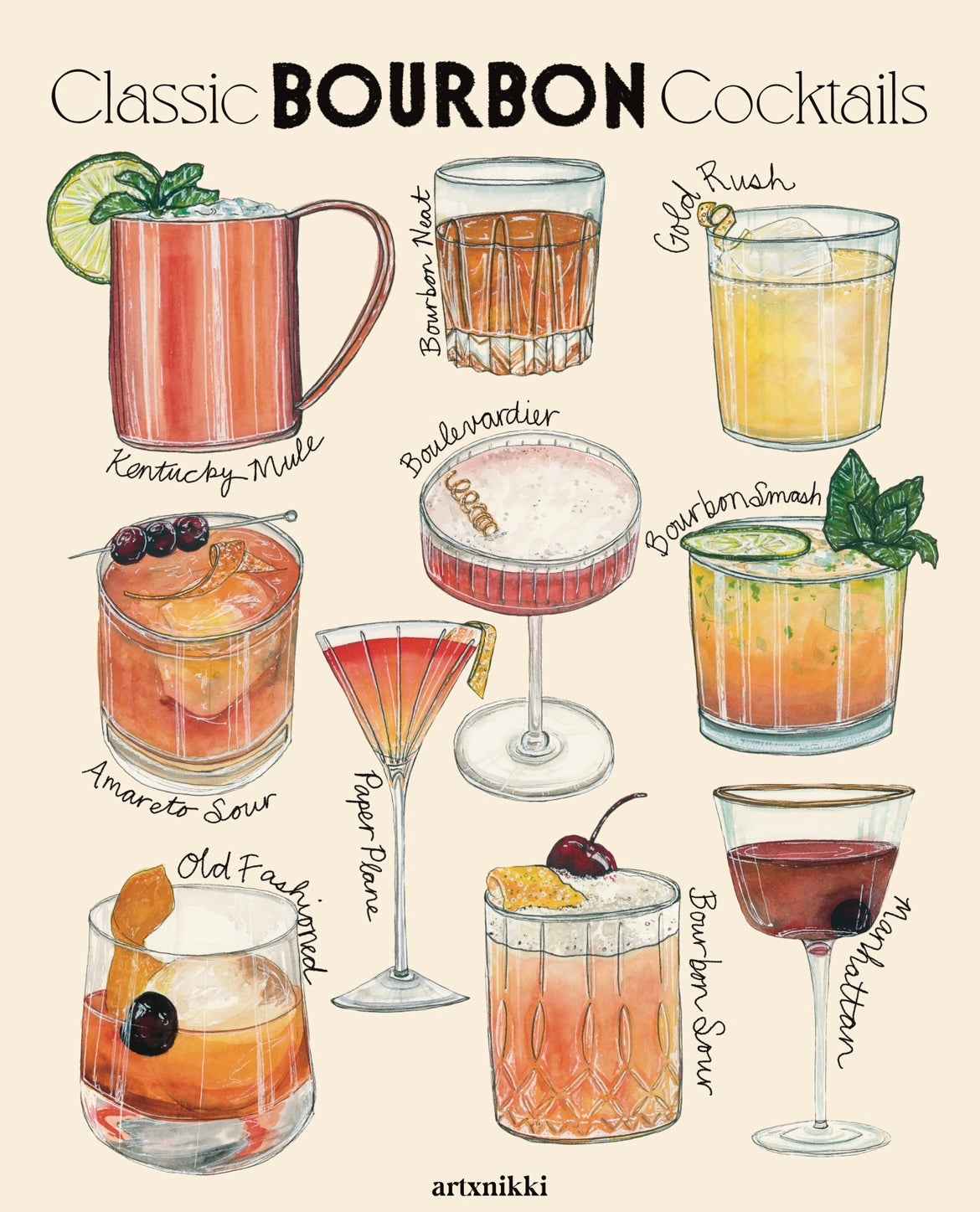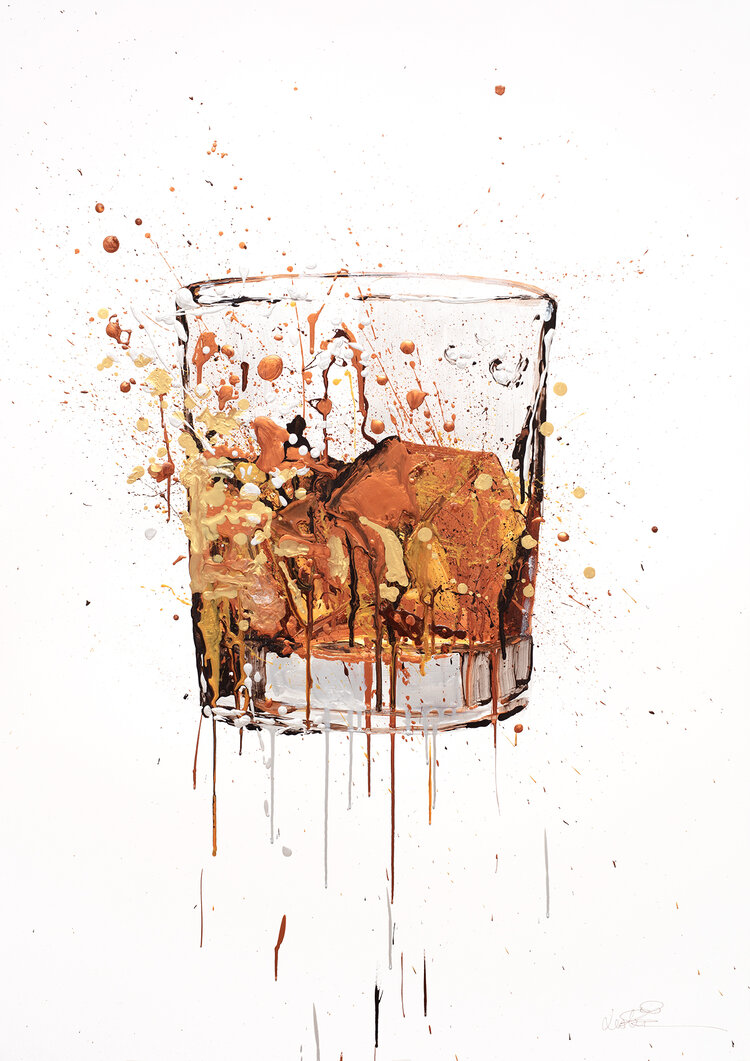Revealing the Beauty of Bourbon Art: A Tribute to Craft Distillers
Revealing the Beauty of Bourbon Art: A Tribute to Craft Distillers
Blog Article
The Significance of Whiskey Art in Celebrating Heritage and Craftsmanship in the Beverage Sector
The intricate partnership between whiskey art and the event of heritage and craftsmanship within the drink market can not be overemphasized. With attentively designed labels and containers, whiskey brands envelop their historical origins and the artisanal skills that specify their production approaches.
The Historic Origins of Whiskey
At the heart of scotch's appeal exists an abundant tapestry of historic roots that map back to old human beings. The origins of whiskey can be linked to the purification practices of the Sumerians and Babylonians around 2000 BCE, where very early kinds of fermented grain beverages started to emerge. Nevertheless, it remained in the Middle Ages that the art of purification evolved substantially, particularly in Ireland and Scotland, bring about the creation of scotch as we recognize it today.
The term "scotch" itself originates from the Gaelic word "uisce beatha," meaning "water of life." This phrase highlights the social significance of whiskey in Celtic societies, where it was commonly connected with rituals, events, and common bonding. By the 15th century, purification came to be a recognized craft within monastic communities, leading the way for the establishment of legal distilleries.
As trade paths broadened, scotch's appeal expanded, going beyond local borders and catching the interest of connoisseurs worldwide. Whiskey Art. This historical journey shows not only the craftsmanship behind whiskey production but likewise its indispensable duty in social and social contexts, noting it as a substantial drink throughout background
Artistic Expression in Branding
Scotch branding stands as a compelling crossway of artistry and commerce, where visual identity plays a vital function fit consumer perception. The looks of scotch labels, packaging, and marketing products mirror not just the brand's story yet additionally its core worths and heritage. With artistic expression, distilleries convey a story that reverberates with consumers, evoking emotions and triggering connections.
Making use of shade, typography, and imagery in branding offers to separate items in a saturated market. As an example, standard motifs might evoke a feeling of credibility and craftsmanship, while contemporary designs can indicate advancement and forward-thinking. This tactical imaginative direction improves brand recognition and commitment, allowing customers to build a personal partnership with the whiskey they select.
In addition, creative expression in branding usually acts as an event of local heritage. Distilleries often include neighborhood icons or historic references into their layouts, developing a local color that welcomes consumers to take part in a more comprehensive social experience. Ultimately, the creativity behind bourbon branding not just enhances visual charm yet additionally enriches the general narrative of the brand name, cultivating a much deeper appreciation for the craftsmanship and heritage embedded in each bottle.
Craftsmanship in Container Layout
The artistry apparent in scotch branding prolongs past aesthetic identification to incorporate the craftsmanship associated with bottle style. Each bottle works as a vessel not just for the spirit within, however likewise for the tale it informs regarding its beginning, top quality, and practice. The layout procedure calls for careful interest to detail, as aspects such as product, closure, and shape contribute considerably to the total perception of the bourbon.
Workmanship in container design involves Recommended Site picking high-quality glass that can boost the scotch's color and clarity, while additionally giving a responsive experience for the consumer. The shape of the container need to be both functional and aesthetically enticing, frequently mirroring the heritage of the brand. Numerous distilleries choose unique forms or embossed logo designs that stimulate a feeling of credibility and history.
Moreover, the label design and typography play a crucial duty have a peek here in connecting the brand name's story. Limited Edition. A well-crafted bottle not just captivates the customer's eye but additionally reinforces the brand name's commitment to top quality and custom. In this way, the workmanship of container style comes to be a crucial element of the whiskey experience, combining artistry with an extensive regard for heritage
Cultural Value of Whiskey Art
Commemorating practice and craftsmanship, the social significance of bourbon art goes beyond mere visual appeals, linking with the historical and social stories of the areas from which it comes from. Each container works as a canvas, illustrating the special stories, folklore, and customs that have actually shaped regional whiskey-making techniques. The intricate designs commonly mirror the heritage of the distillers, incorporating signs and concepts that resonate with the culture and values of their neighborhoods.

Furthermore, bourbon art plays an important duty in communal celebrations and celebrations, functioning as a substantial link in between people and their shared experiences. By appreciating the virtuosity in whiskey product packaging, customers cultivate a much deeper understanding and regard for the craft, ultimately enhancing their satisfaction of the beverage itself.
Modern Trends in Whiskey Presentation
In recent years, the discussion of scotch has actually developed to show modern tastes and patterns while still recognizing standard workmanship - Whiskey Art. Distilleries are significantly concentrating on aesthetic elements that improve the total alcohol consumption experience, bridging the gap between heritage and modernity
Cutting-edge container designs have emerged, typically including lasting products and artistic labels that tell compelling stories. Numerous brands now work together with regional musicians, instilling their items with one-of-a-kind aesthetic expressions that reverberate with customers. In addition, limited-edition launches are often packaged in collectible containers, adding value and appeal for connoisseurs.

Final Thought
In conclusion, whiskey art serves as an essential avenue for revealing the heritage and workmanship fundamental in the drink market. Through complex branding, ingenious bottle layouts, and culturally significant artistic aspects, whiskey brand names successfully honor their practices and connect with customers.


Workmanship in bottle design involves picking high-grade glass that can improve the scotch's color and quality, while likewise giving a responsive experience for the consumer. In this means, the workmanship of bottle design comes to be a crucial aspect of the bourbon experience, combining artistry with an extensive respect for heritage.
In conclusion, bourbon art serves as a vital avenue for sharing the heritage and craftsmanship integral in the drink industry.
Report this page